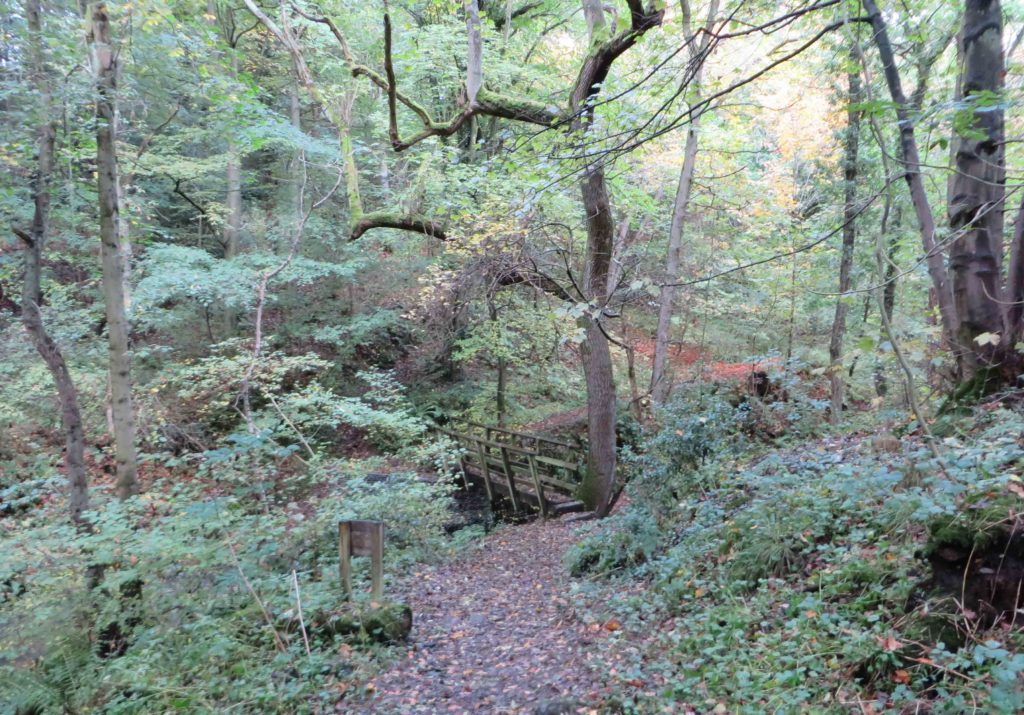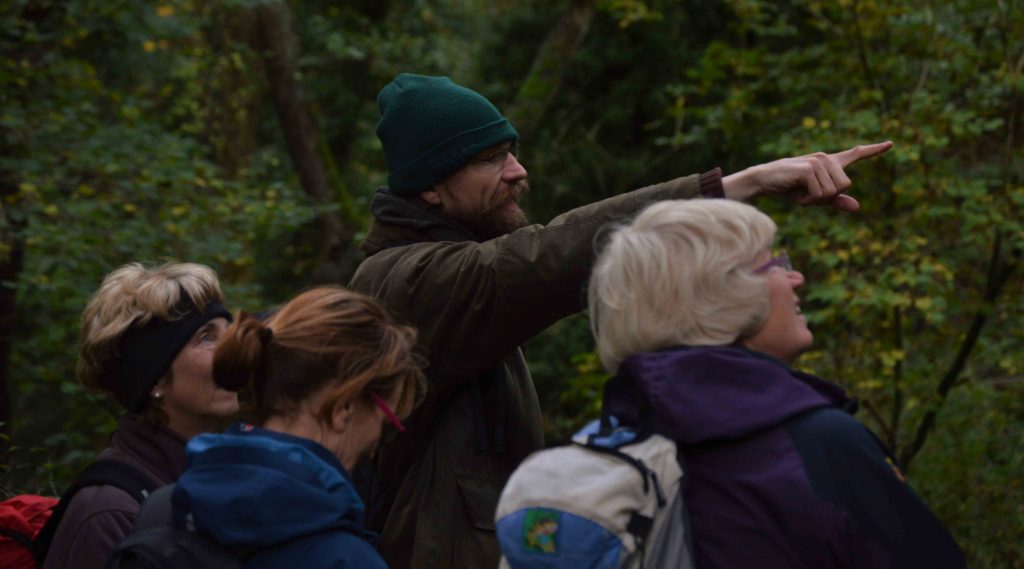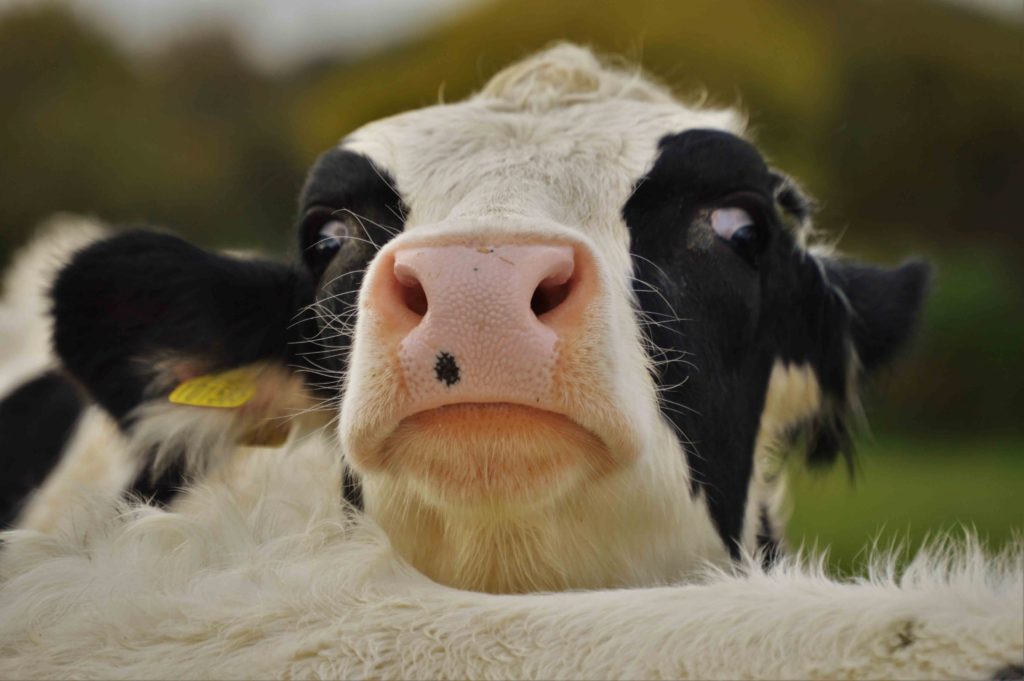Autumn walks: Hagg Wood Sunday 23rd October in the morning
Posted on 9th November 2016
We all met up at the north end of Moorsholm (Britain’s best village, Britain in Bloom 2014) for 10 o’clock on Sunday morning…this was a bit of a stretch for me, as having been away in America the previous week my brain was still soundly asleep; fortunately copious amounts of chocolate for breakfast meant my eyes were open. [I had been in Boston to see if their ‘Fall’ was as good as our Autumn, amongst other things].
Anyway, after a brief introduction to the history of the wood with the aid of old maps, we set off down the lane and just at the turn off to go down the footpath we stopped to look at the ivy flowers in the hedge (also the sloe berries, but mainly the ivy) and to smell them; it’s a distinct, peculiar musty/almondy smell that hangs in the air on still autumn days and one that reoccurred throughout the walk. It was rather cold, so no flies or pollinators to be seen.

The walk to the wood on the flagged stone trod was livened by spotting hedgerow berries and seed pods, and the odd hedgerow flower like red campion and herb-Robert having a quick last bloom before the winter.

As we entered the wood, the leaves were colouring up well with many already fallen: a sudden gust of wind whilst standing by the footbridge across Hagg Beck sent many more tumbling down, almost as if I’d timed it…almost. We stopped for chocolate here and flavours included an Irish coffee one that had been given to me whilst in America (small world, united by chocolate as far as I can see).

Back up at the top of the hill, before setting off on the new path through the wood, the crab apples had fallen from the huge old tree and were carpeting the floor underneath, but for all their abundance there were no crab apple saplings to be seen. I’ve germinated crab apples from seed before in a plant nursery and I suspect the issue is just that they don’t germinate well in the shade of other trees.
It being autumn I was expecting to see more fungi on the walk – it turns out that they were there, but tiny or hidden in crevices of fallen branches and needing more searching out. Their appearance of dead wood and old tree stumps shows the value for biodiversity of leaving trees when the blow down in gales to rot naturally, if possible, rather than ‘tidying’ them up.

 A series of oak leaves yielded cherry gall and spangle gall – the growth is formed from the cells of the leaf due to the influence of hormones produced by the larvae of a tiny wasp (no not that type of wasp) which lives in the shelter of the gall. Galls are a whole fascinating area of study and later on during the walk back to the village we encountered robin’s pincushion gall of which many photographs were taken.
A series of oak leaves yielded cherry gall and spangle gall – the growth is formed from the cells of the leaf due to the influence of hormones produced by the larvae of a tiny wasp (no not that type of wasp) which lives in the shelter of the gall. Galls are a whole fascinating area of study and later on during the walk back to the village we encountered robin’s pincushion gall of which many photographs were taken.
On leaving the wood into the field where the oats were growing but now harvested we walked up the hill, all the while thinking that we were being watched. We stopped briefly to chat about horsetail with secondary branches (as you do) before winding our way through the lane back to the parked cars.

Many thanks to Joe Monk (who was doing some voluntary work for the Wildlife Trust) for the photos of people and the cow above